A hydrogel delivery system boosts single-dose efficacy and provides a potential tool to fight future pandemics and vaccine inequity.
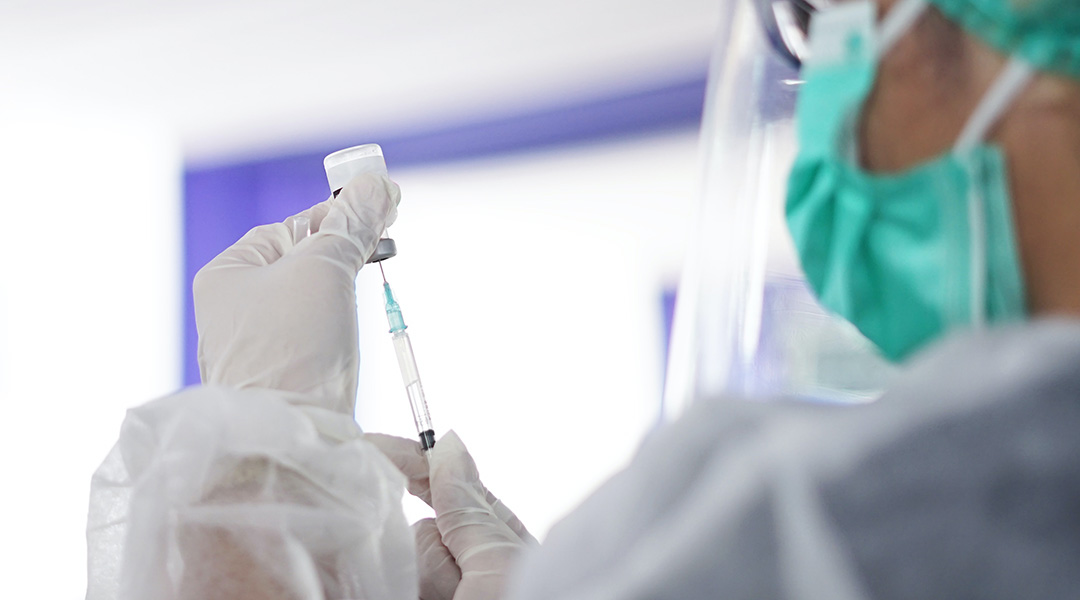

A hydrogel delivery system boosts single-dose efficacy and provides a potential tool to fight future pandemics and vaccine inequity.
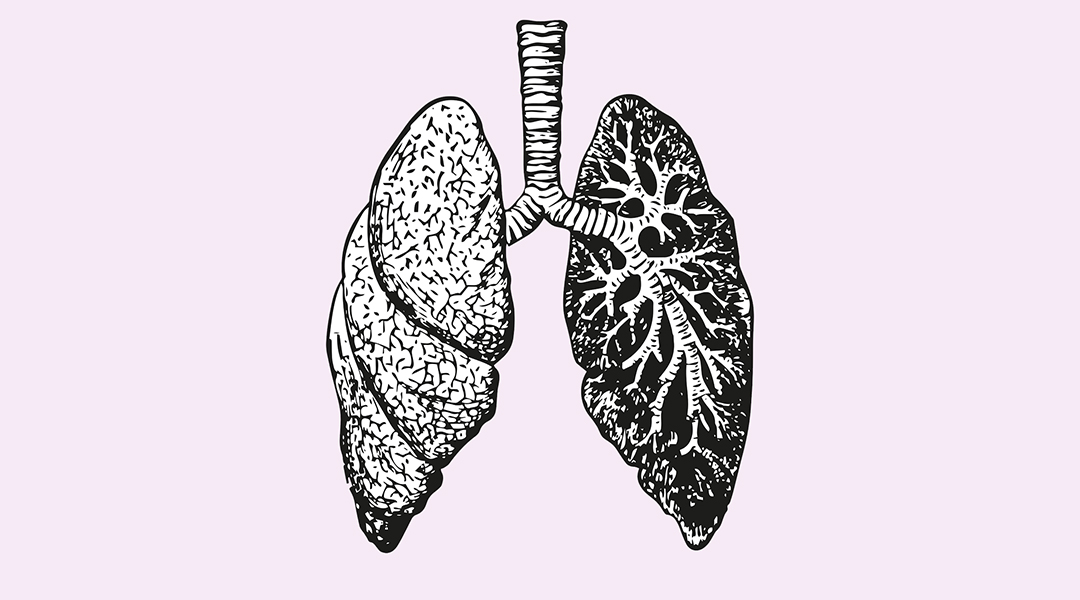
Revolutionizing respiratory disease detection with a portable E-Nose for non-invasive breath analysis.
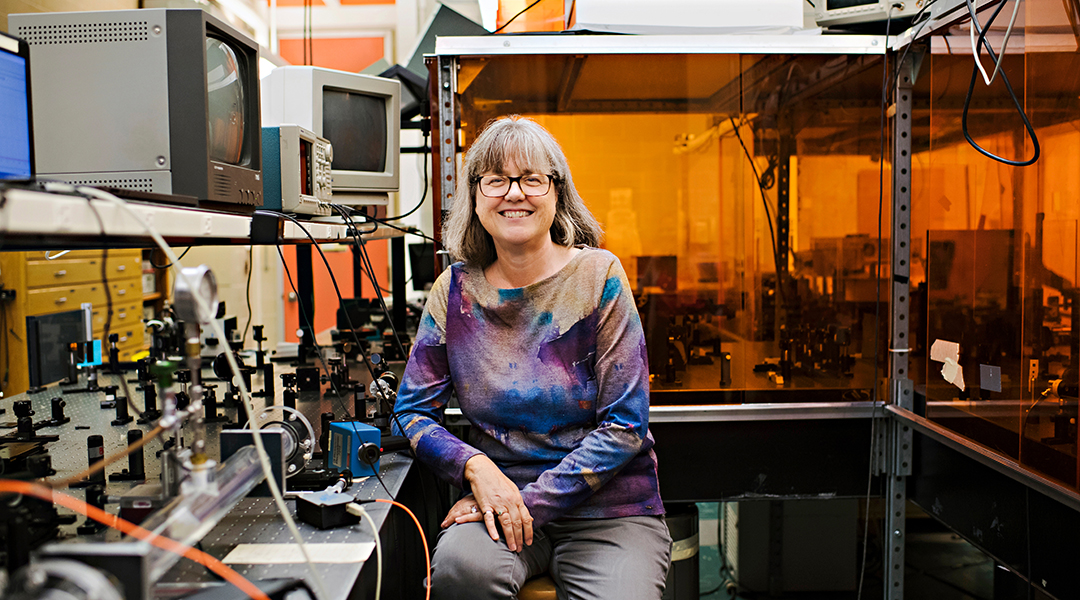
Canadian physicist Donna Strickland on breaking down barriers in laser physics and her life after winning the Nobel Prize.

A new study finds that the quality of our relationships later in life can affect our chances of developing chronic disease.
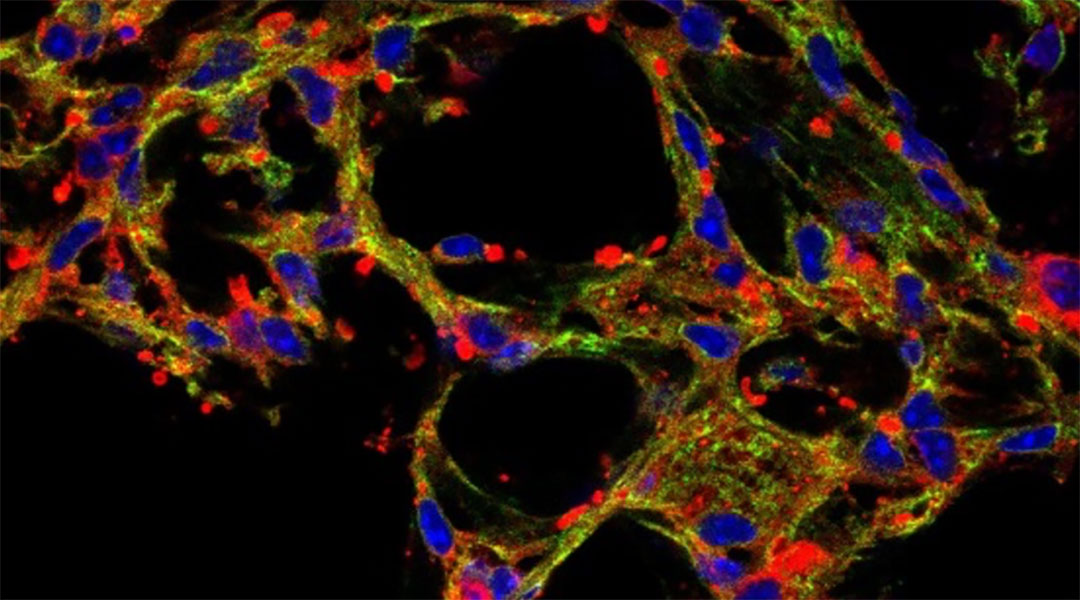
An inhaled drug carrier helps minimize side effects while delivering drugs to the lungs to treat diseases such as pulmonary fibrosis.
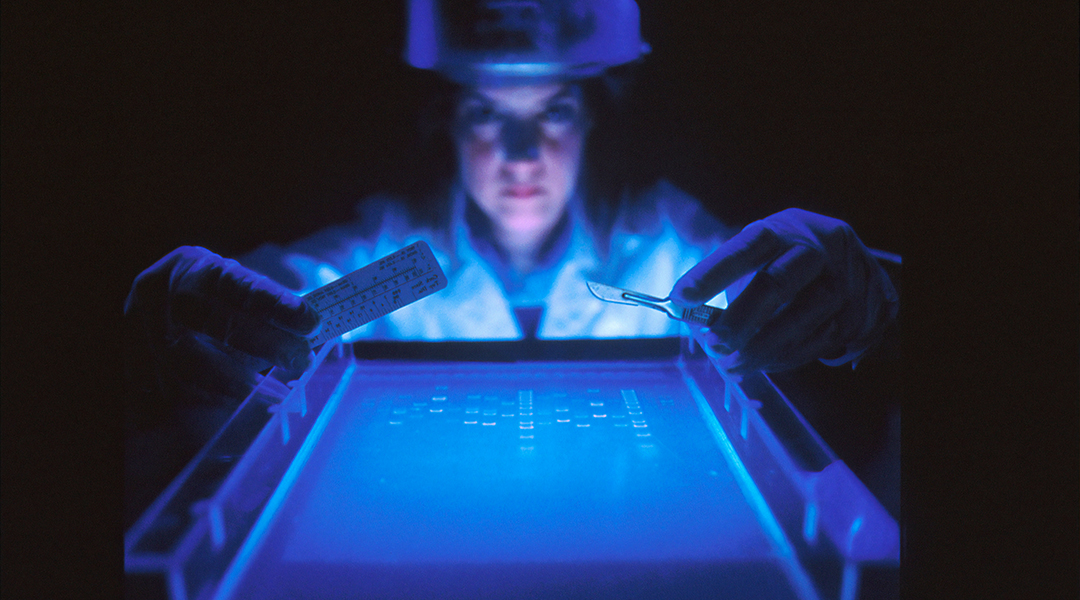
An analysis of 45 million papers and 3.9 million patents since 1945 shows that the rate of disruptiveness in science is steeply declining.
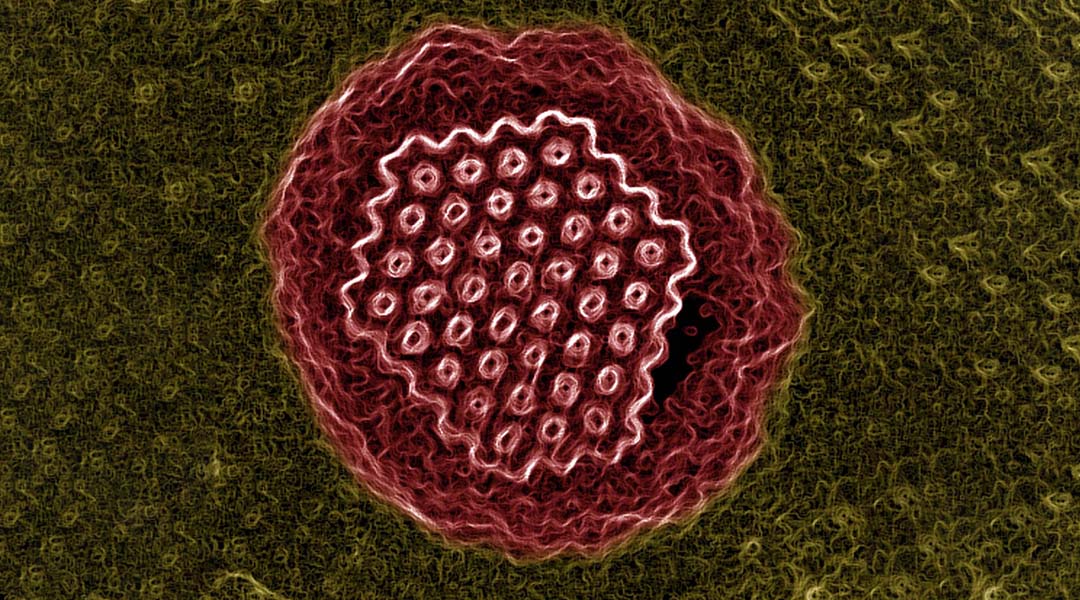
How seven ancient viruses ranging in age from 27,000 to 48,500 years were recovered from the Siberian permafrost, and what researchers hope to learn from them.
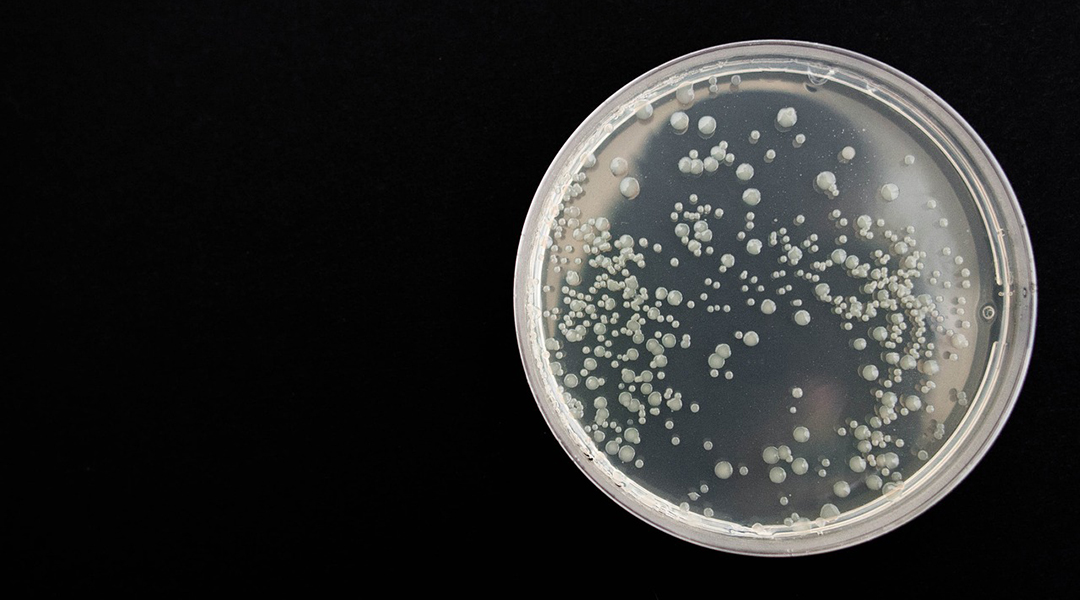
It is generally accepted that a community of beneficial bacteria make up the lung microbiome, but their origin and formation have remained unclear — until now.
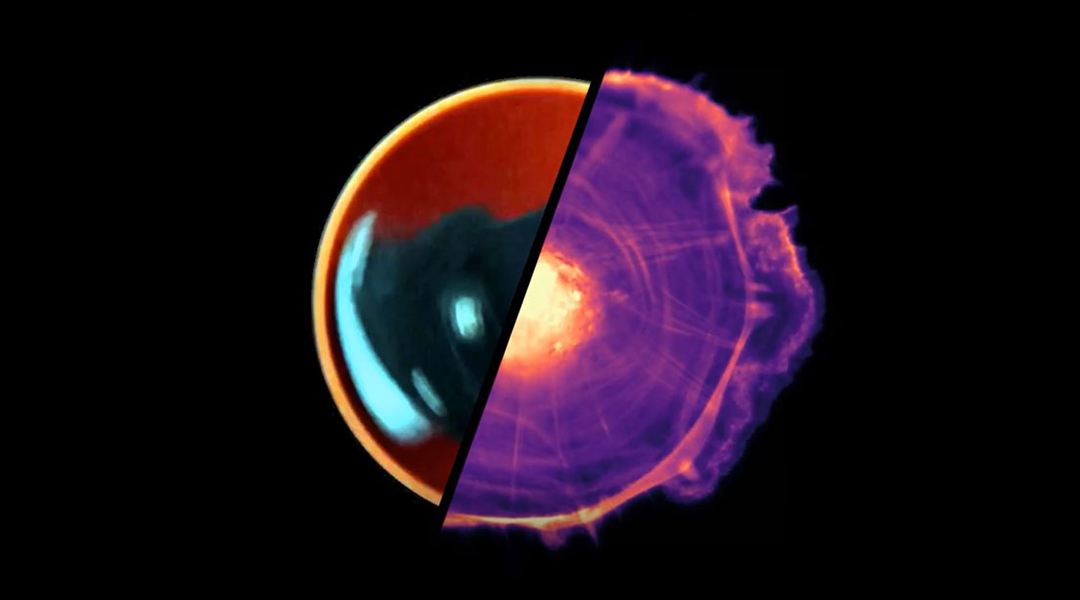
Experiments with cells and toys reveal fundamentals of synchronized movement in both inanimate objects and living groups.
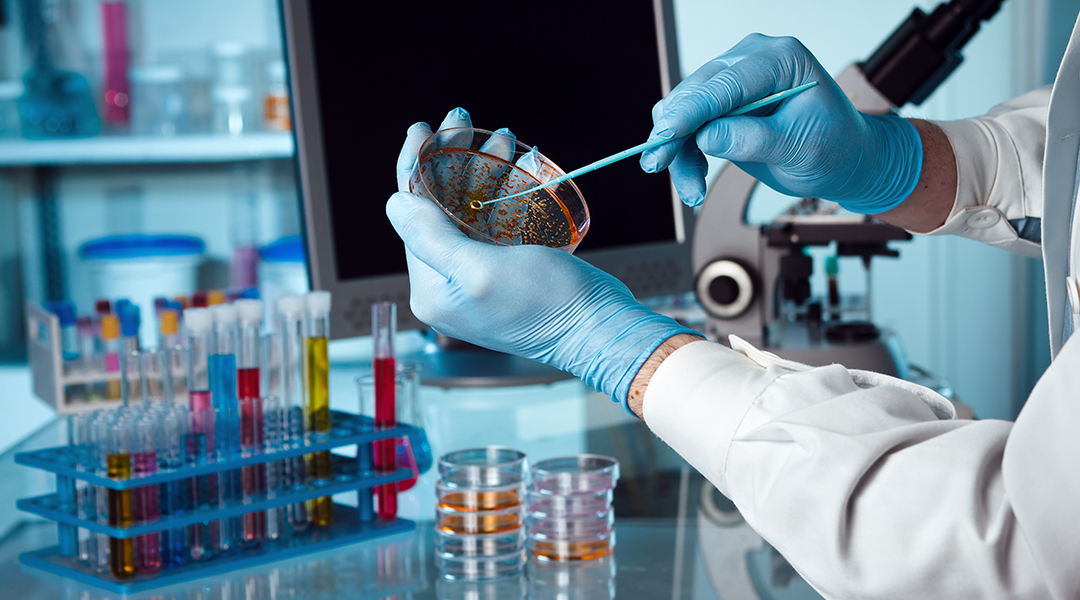
An extensive database will help scientists better understand the link between our gut microbiota and depression to inform new, tailored therapies.